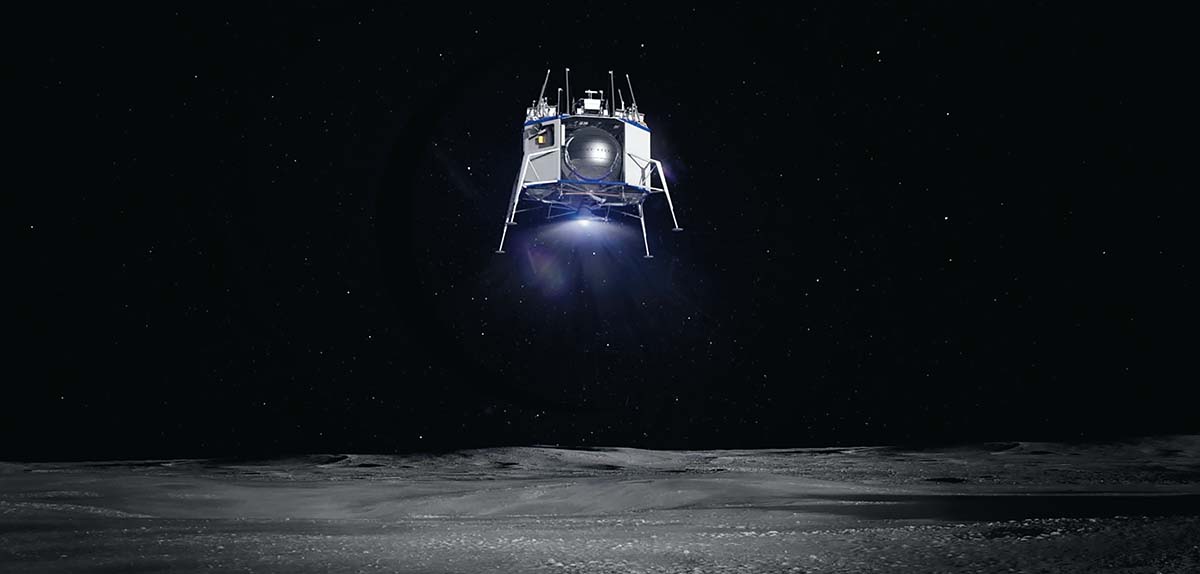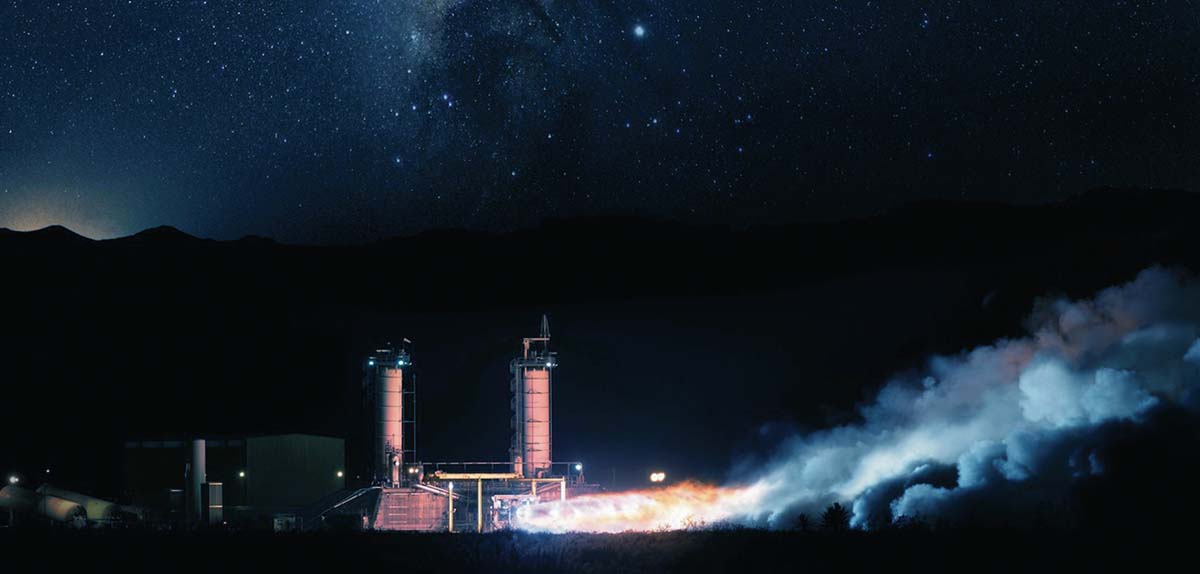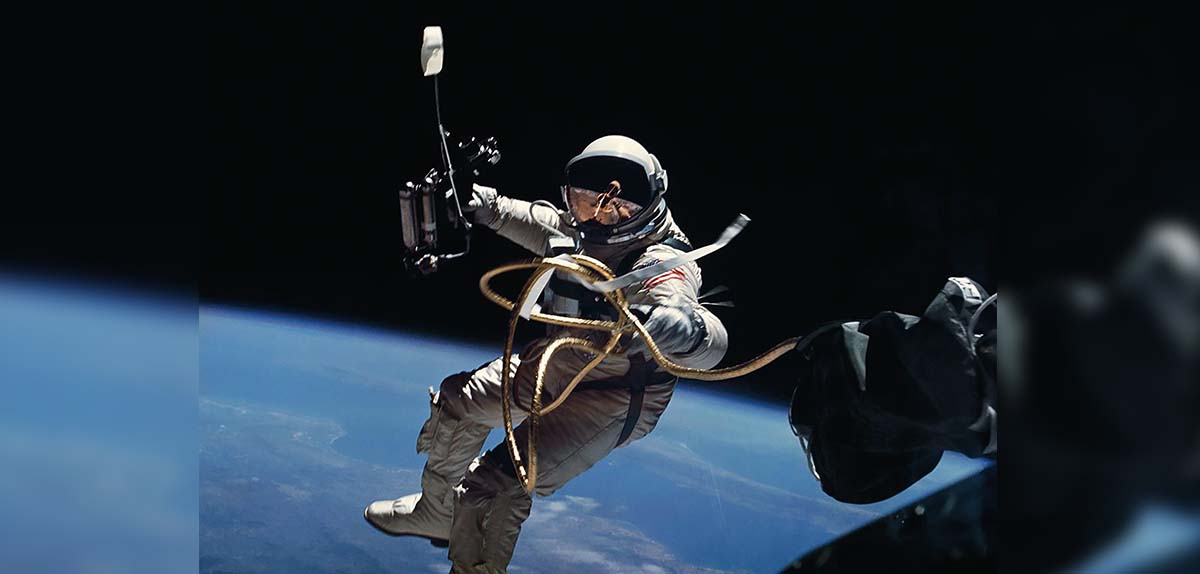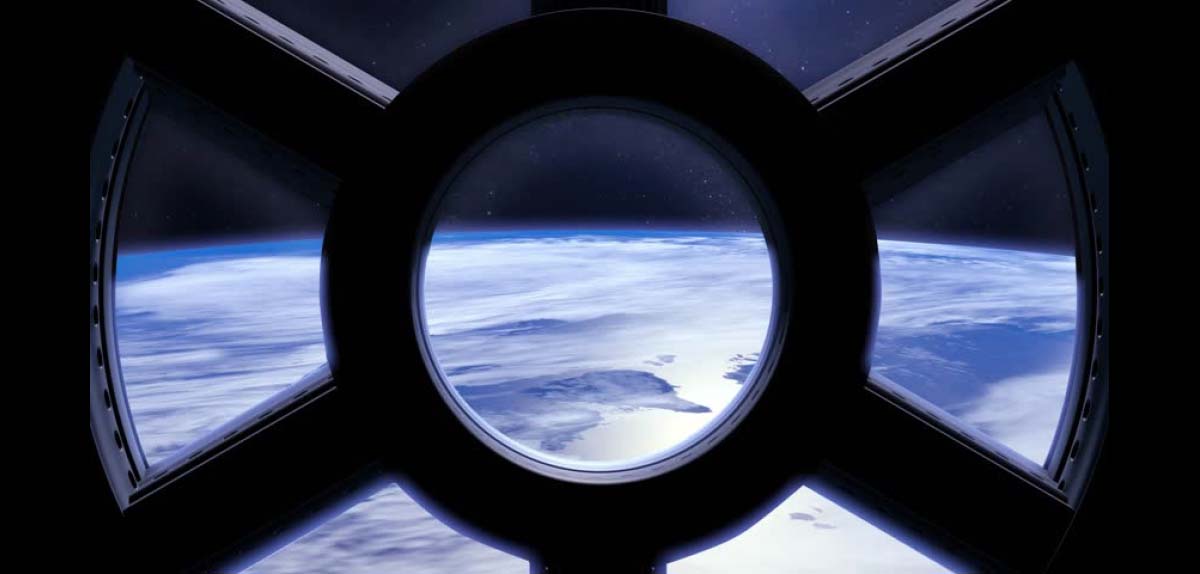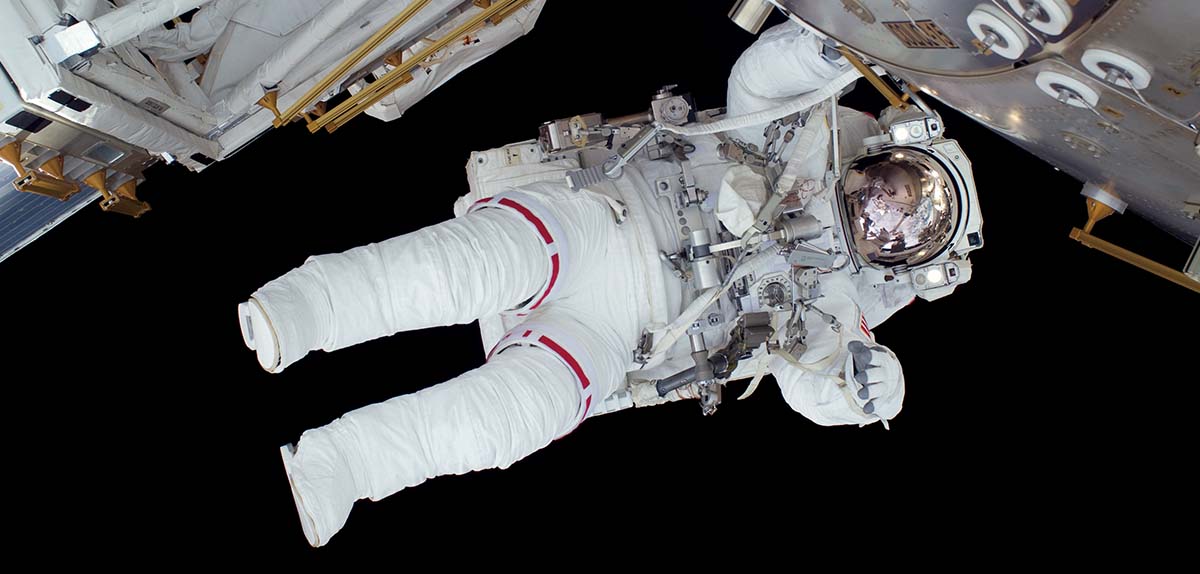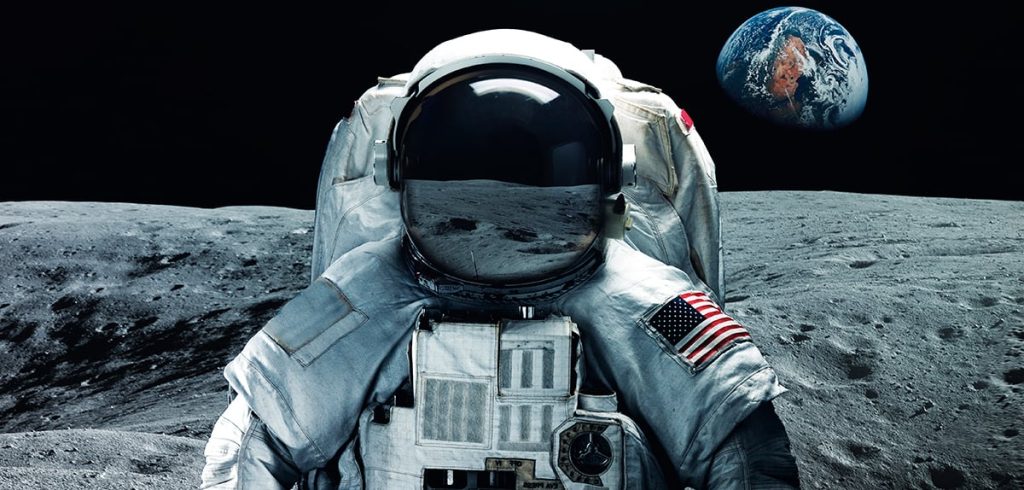Space tourism is more adventure than pleasure, at least for now during its infancy,
but it will continue growing as it becomes more affordable. However, achieving this
massive expansion will largely depend on the safety of space transport systems.
Reaching space is not easy and carries a considerable cost.
Not to mention the fact that there is no detailed, uniform (that includes technical
standards) international regulatory system in place to guarantee its safety
and operational efficiency and to define and guarantee the standardization
of its operations, from the launch from a spaceport to a medical certification,
transportation, stay and return through Earth’s atmosphere.
A set of laws are also
required to determine the liabilities resulting from a technical failure or the operation
of the transport and the accommodations. When the safety of human beings is at
stake, all situations must be considered in order to prevent problems down the line.
However, space tourism has arrived, and it is here to stay.
Space Tourism is a market
niche that made its appearance
a few years ago and, not without
effort, has resulted in what we now
see as tourism for millionaires. It
is, maybe, a necessary step that
had to be taken before space
tourism becomes widely available.
Forecasts show that this segment is
the most promising when it comes
to luxury tourism a potential global
market of over 10 billion dollars.
This new industry aims to offer
tourists the chance to become
astronauts and experience space
travel for recreational or commercial
purposes. Since space tourism is
extremely expensive, only a small
consumer segment can and wish to
pay for a space experience.
One could expect for these efforts
to be the foundations on top of which
a future industry would develop
that would manufacture vehicles
and tourist accommodations
and be profitable to the point of
transporting thousands of people
at more affordable prices up to, or
even further than, 100 kilometers
above the Earth at the appropriate
orbital speed, which is considered
to be the Karman line that sets the
boundary between the atmosphere
and space.
Space Tourism has been a topic of discussion for
over thirty years, and it was back in 2001 when, for the first time, a civilian considered to be the first space tourist spent eight days at the International Space Station (ISS). First came projects involving suborbital flights in fighters modified to carry many passengers.
Later, projects were devised to create hotels using spent fuel stages of satellite launch vehicles that remain in orbit for a long time. These would be joined in space and made maneuverable to be kept in orbit. However, none of these initiatives came to fruition, and were never developed nor funded.
As time passed other initiatives emerged, including the one by the Bigelow company, founded by a hospitality tycoon, which bases its design on expandable modules.
The module is launched to space in a stowed
configuration and, once there, it expands until it reaches its final size. Many modules would be used to create a ‘hotel in space’. As of now it has been the one that made it further, since it has put in orbit two prototypes in 2006 and 2007.
Later, it sent the Bigelow Expandable
Activity Module (BEAM) to orbit, which became the first expandable module to make it to the International Space Station in 2016. Its dependence on launch vehicle costs has stalled its activities since then.
Others have emerged along the way without much luck, funding or feasibility. However, all of this has succeeded in getting the ball rolling, which has taken us to, possibly, the onset of a full-blown space tourism industry.
Just like on earth’s surface, tourism always offers different options and prices, whether it is a pleasure
cruise or an extreme adventure. It all depends on how much adrenaline you want and the price you are willing to pay.
As of now, we could say that there are
four types of space tourism:
High altitude combat aircraft flights
One option available for space tourists today is to be taken up to the stratosphere in a supersonic combat aircraft which can reach an altitude of 20-22 km. At that height the stratosphere you can see Earth’s curvature, the sky is black and it is possible to
see space.
As part of this space travel experience, tourists also have the opportunity to control the aircraft and there are a series of acrobatic maneuvers an experienced pilot performs. These flights allow of a vertical speed of 330 m/s and a top speed of
Mach 2.25 (2390 km/h). It can be experienced for 15,000 to 20,000 euros.
Zero-gravity atmospheric flights
A feeling of weightlessness can be achieved by performing parabolic flights on a plane. As the plane climbs and stabilizes it goes over the arc of the parabola, the centrifugal force exerted on the plane and all of its contents cancels out the force
of gravity pushing down.
At this point, passengers experience microgravity, feeling weightless because only negligible gravitational forces are present. The feeling
of weightlessness lasts about 30 seconds during the descent. Since the aircraft shields the passengers from the airflow, they can experience a free fall without air resistance getting in the way. Its price is around 5,000 euros.
A suborbital flight is one that reaches a height of 100 km or more, but does not entirely circle the Earth. Space tourism suborbital flights have recently been performed out of the Virgin Galactic and Blue Origin spaceports, which allow passengers to experience weightlessness for a few minutes while gazing at the Earth’s atmosphere.
This opens the door to regular suborbital flights for a larger audience, which could become a reality in the next 10 years at a somewhat affordable ticket price, which could gradually drop down to € 20,000.
Longer orbital trips to space
Recently we have seen four space tourists in the
Inspiration4 mission stay in orbit for three days,
where they performed scientific experiments way
more than your minutes-long experience.
However, the closest thing to a tourism trip to
space has been the flight of North American
tycoon and former NASA engineer Dennis Tito,
considered to be the first space tourist. The first
human being to travel to space solely for pleasure
and after paying 20 million dollars arrived to the
ISS on April 30, 2001.
At the ISS he operated the
communications system and verified the power
equipment of the Russian module, in addition to
taking pictures, making home movies and doing
a lot of gazing out of the windows all you would
expect from a tourist. His words upon returning on
May 6 were “I just came back from paradise.” He
was followed by four other people under the same
flight modality to the ISS for a long duration trip.
Reasons for space tourism
The accounts of the few astronauts
who had launched themselves to Earth’s
orbit just 10 years ago shook the tree
of human curiosity. The business was
obvious, and as years passed it has
increased its chances of becoming
something real. High costs held back
its realization for a long time, but little
by little and thanks to private initiatives,
we have been able to reach the point
where we are today.
Nowadays, that reality seems to be even closer. Just as we see how the number of satellites in orbit are growing exponentially due to the rise of Internet constellations, we are also seeing a rapid increase in the number of astronauts who leave Earth’s atmosphere.
The main reasons for this space tourism fever, which has driven the emergence of all of these initiatives, are:
Ever since the first astronauts, the idea of seeing our own planet from outside has had a big impact a distant perspective that changes the perception of things. In low Earth orbit, for example, you cannot see the entire Earth you are still too close, but you can see the atmosphere in the horizon. However, you can sense the vast magnitude of the planet we live in.
From geostationary orbit it is possible to see the entire planet in all of its glory, and how it melds with a canvas filled with stars. Lastly, we have had the luck of having another, more distant point of view. When leaving the Solar System, the Voyager 1 probe took a picture facing the Earth from a distance of 6 billion kilometers.
Experiencing weightlessness
This unique form of tourism involves using a specially modified commercial plane where trained pilots perform parabolic maneuvers. These flights offer the opportunity to experience ‘weightlessness’ without going to space. The
aircraft are modified with padded cabins to prevent injuries during the flights while weightless.
The European Space Agency also performs these flights to test instruments and payloads that will later be taken to the International Space Station, as is the case of CIMON.
Another reason to go to space is, without a doubt, the
high speeds. In order to leave Earth’s orbit, it is necessary to reach escape velocity, which is around 11 kilometers per second (40,280 km/h). If that velocity is not reached, Earth’s pull cannot be overcome.
Experiencing the speed and sound of a rocket launch is a critical moment in the life of a satellite, and it must be designed to withstand it, so it is even more important to be extra safe when sending a human being to space. In the space tourism of the future, medical examinations will be an essential component.
Living an unusual experience
Skydiving, bungee jumping, kitesurfing and wingsuit flying are extreme sports that are sought to escape the daily routine and get your adrenaline pumping. Experiencing something new that fills our lives with emotions points to space travel being among the favorite experiences of the
future, provided that it is affordable.
Lastly, as already mentioned, zero-gravity flights aboard aircraft are used to study and certify payloads that will head to space. But space tourism could go even further. The vast data on human behavior and health in the space environment alone could lead to very interesting insights for a future colonization of the Moon or Mars.
The commercial space race is only
beginning. Three American companies have
announced a project to build what would become
the first private space station of humanity with
the purpose of performing scientific studies and
welcoming tourists. The station will be called Starlab and it is expected to become operational by 2027.
In addition, we are already witnessing a number of
projects aimed at colonizing the Moon. Achieving it
will require the construction of a new space station
in the orbit of the Moon called GATEWAY. It would
be the necessary trampoline to create human
settlements on the Moon’s surface and, maybe one
day, Mars too.
Naturally, its cost would be gigantic,
and the international community that pays for it will
not want to keep paying for the other ‘home’ the ISS.
In fact, there are talks about putting an end to the
ISS before 2030. It is an infrastructure that is already
there and could continue being used as a solution
for the increasing demand of space tourists.
Logically, a number of issues would have to be
addressed before that, including its aging structure,
who will bear its maintenance costs, who would
operate it, the implementation of regulations, etc. It
has cost too much money and effort to dismantle
it and allow that great enterprise that has been so
significant for humans and our knowledge to fade
away. It is certain that, if the business opportunities
are interesting, investors will appear.
In this incipient stage when space tourism is
becoming commonplace, it is understandable to
see opposing views on the matter. There are many
interrelated aspects to consider, and there are
objective, well-founded criteria to be either for or
against it. And this comes as no surprise.
The least we could expect and hope is for the need to protect the planet to become deeply rooted in humans, and that it helps us gain awareness at a global and international level about the fragility of our planet Earth, which is as wonderful as vulnerable, and, for now, the only planet that is suitable for human life.
It is certain that other options will continue to
emerge out of the imagination and the will to
conquer space. Space tourism is, maybe, the last
‘benefit’ that it has yet to offer us.
